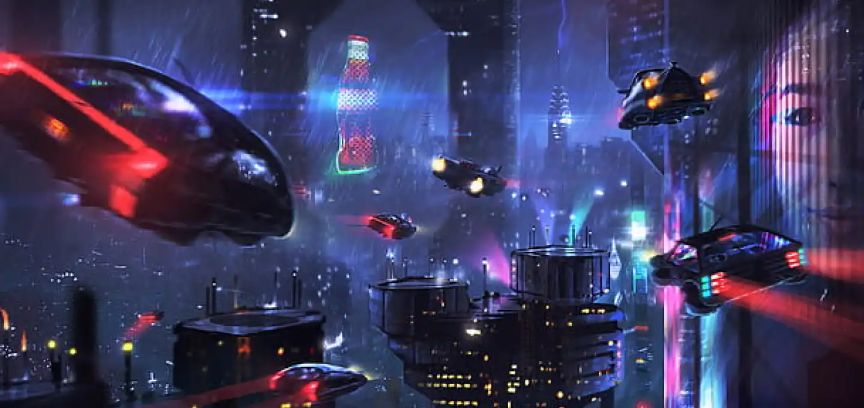The Future of Commuting: Flying Cars and Traffic Solutions
6 min read
24 Jun 2024
The daily commute, a ubiquitous part of urban life, is often synonymous with traffic jams, stress, and wasted time. However, the future of commuting promises to be different. Flying cars and innovative traffic solutions are poised to transform how we navigate our cities. This article delves into the future of commuting, exploring the potential impact of flying cars and other advancements on urban mobility.
Elevating the Commute: Flying Cars Take Flight
Flying cars, once confined to the realms of science fiction, are on the cusp of becoming a reality. These vehicles, equipped with vertical takeoff and landing (VTOL) capabilities, offer a tantalizing solution to traffic congestion. Commuters can ascend above gridlocked streets, turning long, frustrating commutes into efficient and stress-free journeys through the air.

Urban Air Mobility (UAM): Transforming Cities
Urban Air Mobility (UAM) represents a paradigm shift in transportation. It envisions a network of flying taxis and personal air vehicles crisscrossing the urban skyline. UAM promises to reduce ground traffic, enhance accessibility, and cut commuting times drastically. Imagine a future where getting across the city takes minutes instead of hours.
Addressing Traffic Gridlock: A Multi-Faceted Approach
Beyond flying cars, addressing traffic gridlock requires a multi-faceted approach. Smart traffic management systems, predictive analytics, and autonomous vehicles play pivotal roles. These technologies optimize traffic flow, reduce congestion, and enhance safety. Commuters will experience smoother and more predictable journeys, making urban living more enjoyable.
Environmental Considerations: Sustainable Commuting
As we look to the future of commuting, sustainability is a pressing concern. Flying cars, powered by electric propulsion, offer greener alternatives to traditional gasoline vehicles. Moreover, urban planning and design are increasingly focused on creating pedestrian-friendly spaces and promoting eco-friendly modes of transport. The future of commuting is not only efficient but also environmentally responsible.
Challenges Ahead: Safety and Regulation
While the future of commuting is promising, it is not without challenges. Ensuring the safety of flying cars and managing their integration into urban airspace is paramount. Robust regulatory frameworks and air traffic management systems must be in place to prevent accidents and maintain order in the skies. Striking the right balance between innovation and safety is crucial.
Last-Mile Solutions: Completing the Journey
Commuting isn't just about the long haul; it's also about the last mile. Innovative solutions like electric scooters, bike-sharing programs, and autonomous shuttles cater to the final leg of a commuter's journey. These options make it convenient and efficient to navigate congested city centers, ensuring that the entire commute is seamless and hassle-free.
Conclusion: A Commuting Revolution Beckons
The future of commuting holds the promise of a revolution. Flying cars, urban air mobility, and advanced traffic solutions are poised to redefine how we move within our cities. Imagine a world where the daily commute is not a source of stress but an opportunity for efficiency and enjoyment. As technology advances and urban planning evolves, this future is becoming increasingly tangible. The age of transformative commuting is upon us, ushering in an era where traffic woes are a thing of the past, and the daily journey becomes a seamless, sustainable, and exciting part of our lives.


